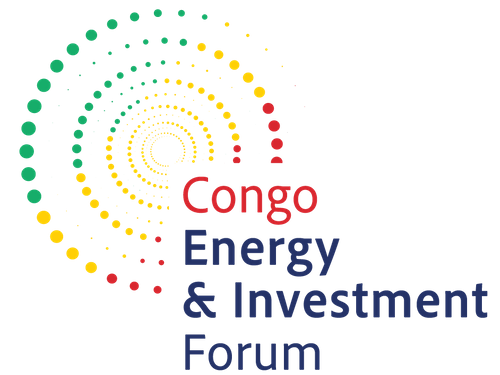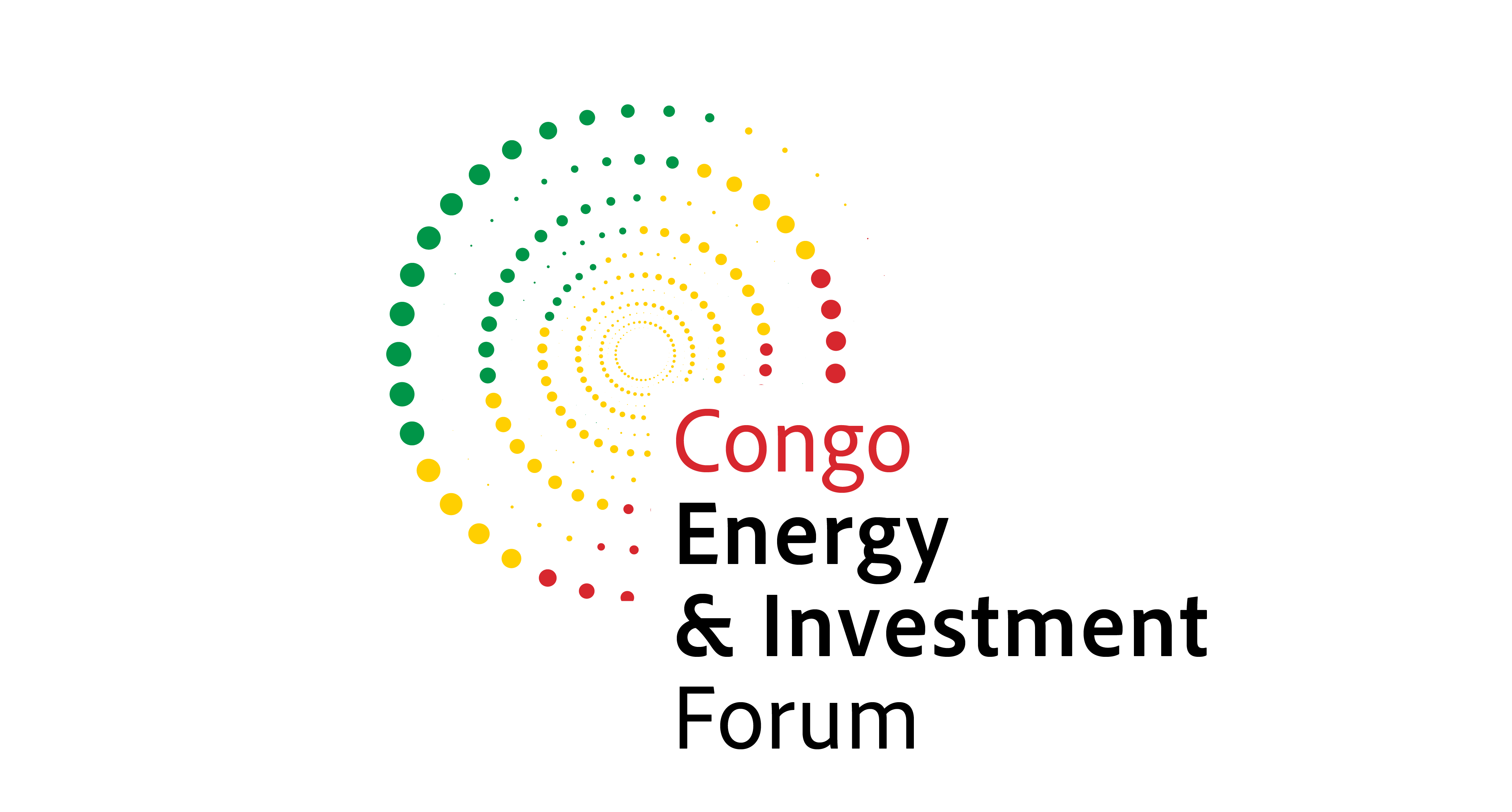Five Sectors Driving Growth in the Republic of Congo
)
The Republic of Congo is undergoing a transformative period across an array of sectors in its economy. Marked by the introduction of emerging technologies and project advancements across the oil, gas and renewable energy space, Congo is setting a strong benchmark for economic diversification and socioeconomic development in Africa.
Energy
In December last year, Congo launched studies for micro-hydropower plants aimed at enhancing rural electrification and reducing reliance on diesel generations. The initiative highlights a government-led commitment to bridging the energy access gap between urban areas and rural areas, which have an electrification rate of 49% and 12%, respectively.
Meanwhile, independent operator Perenco’s MOPU Tchendo 2 recently began generating power from three newly installed gas turbines. With a combined output of 27 MW, the three turbines pave the way for energy independence at ta number of producing fields in Congo’s offshore acreage. This energy independence frees up part of Congo’s energy network for local use.
Agriculture
The Congolese government has been looking at boosting the production of fertilizer across the country to support agricultural activities. With a strong slate of natural gas and energy projects coming online this year, Congo aims to leverage domestic resources to support agricultural yields.
Speaking at a state of the nation address to parliament last December, President Denis Sassou Nguesso explained that the country is rich in fertile soil, a young workforce and significant natural gas reserves. Meanwhile, the President also encouraged the government to prioritize regulatory reforms that incentivize greater private investment across the agriculture sector.
Mining
The development of Congo’s minerals industry – including industrial and construction materials – offers untapped opportunities to support infrastructure and construction projects. According to a 2024 baseline study by the Congolese government in partnership with the UN Development Program, Congo’s production falls short of the country’s potential contribution to GDP, highlighting a strategic investment opportunity for international investors.
Beyond development minerals, the country is rich in iron ore, copper, gold and potash. Key iron ore projects, such as the Mbalam-Nabeba project began technical construction in November 2024, while the Mayoko project delivered its first 800 tons of iron ore in August 2024.
Technology
Last November, Congo secured €36 million in funding from the European Investment Bank and an additional €15 million grant from the EU to boost digital transformation. The funding aims to support the implementation of the country’s National Digital Transformation Plan, a strategic initiative to modernize public administration and strengthen the digital economy.
Meanwhile, telecommunications operator MTN Congo recently launched its 5G network in the country. Serving as part of the Congo Digital 2025 strategy, the country is well-positioned to develop digital services for business operating in various sectors of the economy.
Infrastructure
As part of its strategy to revitalize the energy sector and drive GDP growth, the Congolese government has launched several major infrastructure projects. In November 2024, the government approved the construction of the Sounda Dam. The project, set to begin construction in 2025 at a price tag of €2 billion, is expected to generate between 600 MW and 800 MW of electricity.
During the same month, Congo approved a €150 million bulk cargo port project to enhance industrial activities in the Pointe-Noire SEZ, focusing on timber, agriproducts and processing industries. Additionally, Congo and the Democratic Republic of Congo unveiled plans for a railway bridge linking Brazzaville and Kinshasa, with construction slated to start by December 2025.


